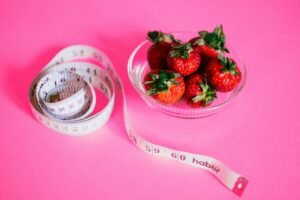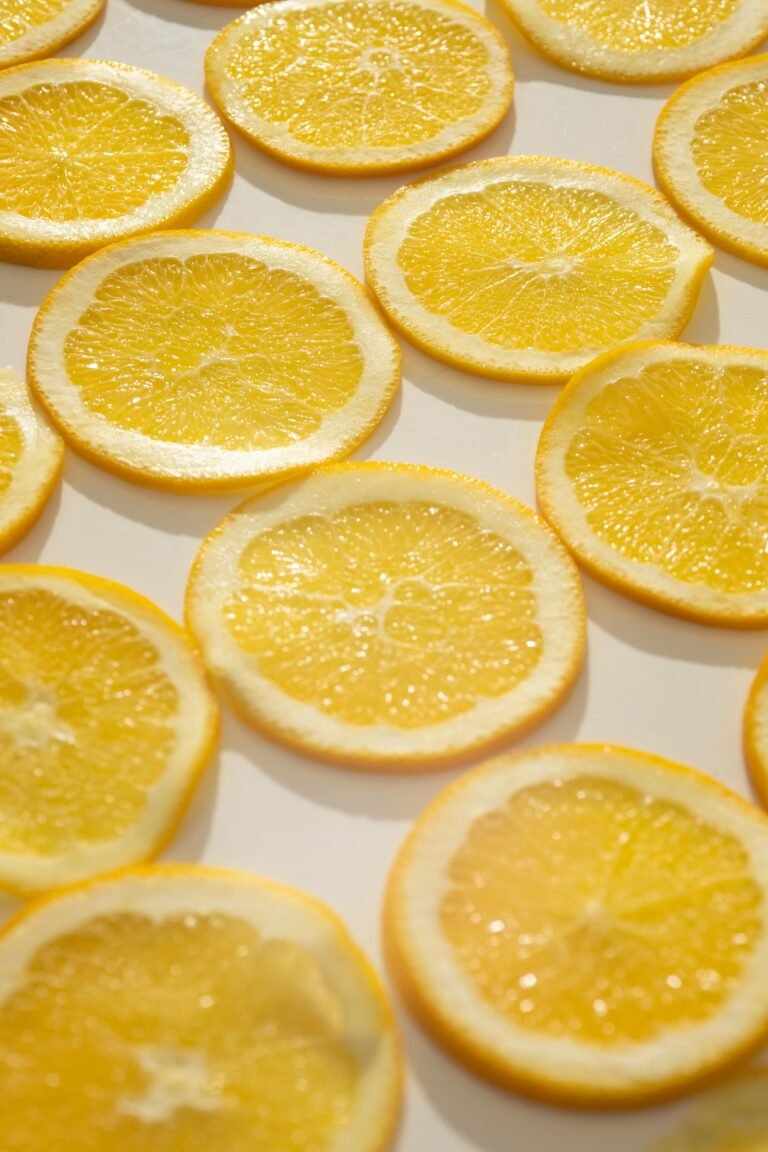Diet in menopause: the Veronesi diet
Nutrition in menopause: why is it important to keep an eye on and take care of our diet, and when to start doing it?
The Veronesi Foundation has created a specific dossier on the subject, explaining that already in the premenopausal phase (from 38 to 45 years old) women can have an increase in body weight, due to the progressive lack of estrogen which creates imbalances in the cycle up to the total its absence, lowering the metabolism little by little.
The result is that we tend to gain weight little by little, precisely because the decline of female hormones reduces metabolism, and also reduces the maintenance of lean mass, favoring the accumulation of fat in the abdominal area.
To counter this trend, the Veronesi Foundation has developed an example of a food plan , as well as giving advice that combines the right diet in menopause with physical activity and better daily habits to counteract the side effects of this period, which affect the 85% of women.
In this article we see only the dietary part. I invite interested people to register on the Veronesi Foundation website to download the complete dossier , complete with recipes by Marco Bianchi.
DIET IN MENOPAUSE: THE VERONESI DIET
The diet to stay in the right weight from 30 to 59 years should include a minimum of 2000 to a maximum of 2300 calories, depending on the weight and height of a woman. From the age of 60 onwards, you go from a minimum of 1770 calories to a maximum of 2210 calories. Clearly, those who are overweight can cut calories but try not to make drastic cuts.
Calories for individual meals in the menopausal diet.
20% for breakfast and snack, 40% for lunch, 10% for snack, 30% of the daily calories for dinner.
-
Breakfast: combine one of the options A with one of the options B.
- Options A:
– 4-5 wholemeal shortbread biscuits (about 30-35 grams)
– 30 grams of oat flakes or whole grains with no added sugar
– 3 wholemeal rusks with a thin layer of jam with no added sugar or honey or a slice of wholemeal bread as an alternative to rusks (about 25 grams) - Options B:
– a cup (250 ml maximum) of skim milk
– 125 grams of low-fat yogurt preferably natural and white or soy
– a fruit
– a hot or cold drink with little sugar -
Snack: options
– 5-6 almonds.
– a fruit of medium size.
– a sugar-free soy milk cappuccino.
Read the rest of the diet on page two.



























+ There are no comments
Add yours